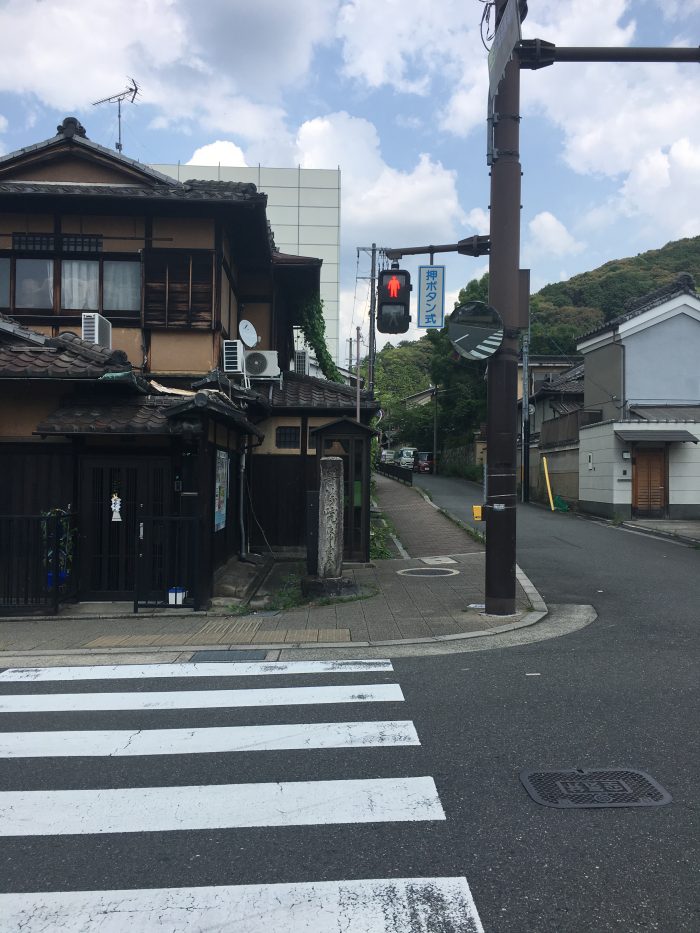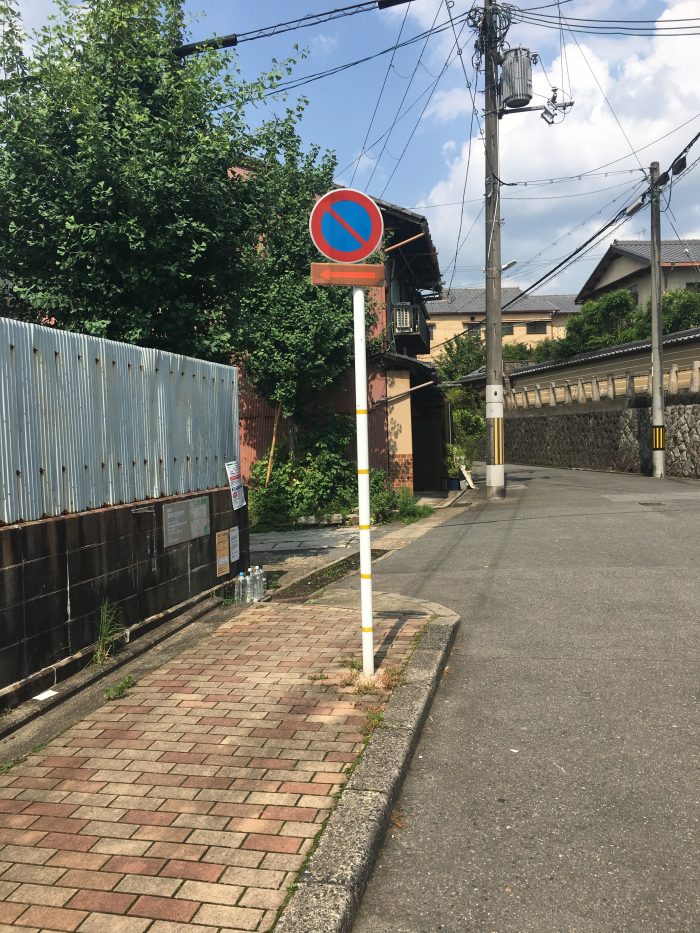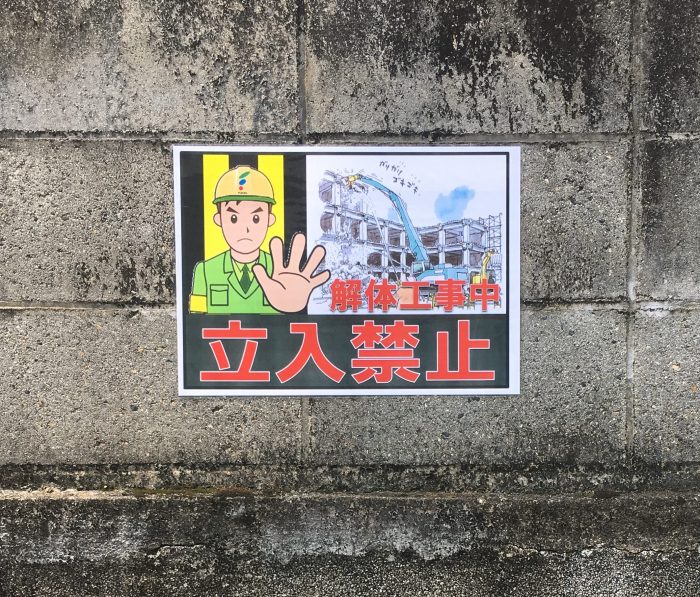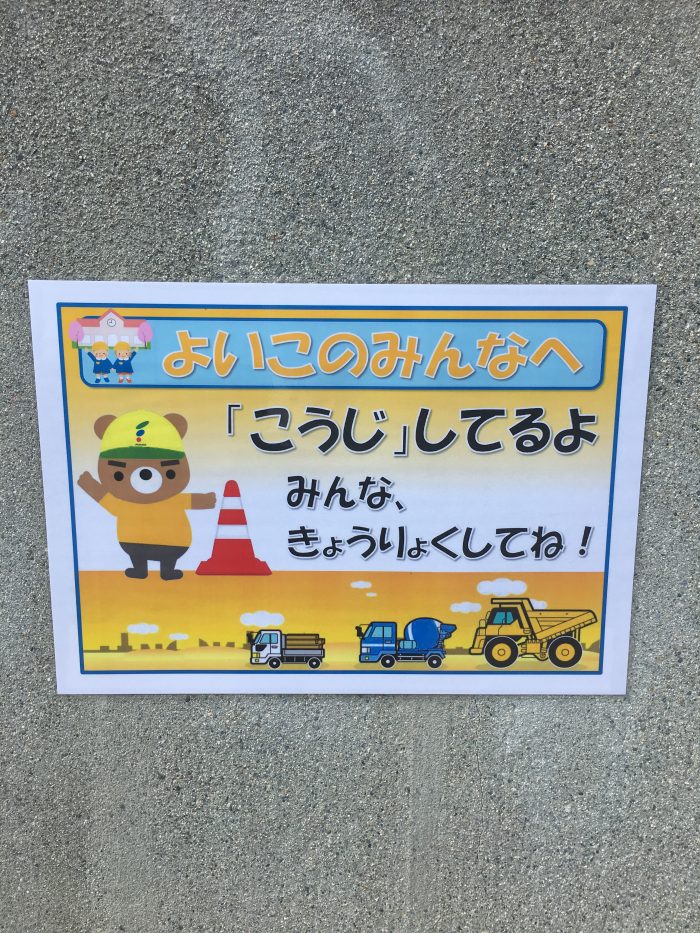Tales of an ELT teacher living in Japan without first learning Japanese
10/09/2019I believe learning is one of the simple pleasures in life. It is one of the perks of teaching—the more I teach, the more I learn. Sometimes this is because I have to learn more content in the hopes that my students glean at least a small percentage of the wealth of information I give them. More often than not, however, I learn more from looking at the world through the lens of a teacher.
My recent stay in Japan was an excellent opportunity to do just that—to learn by experiencing Japan’s language and culture through my eyes as a teacher. The trip: an informal study in language acquisition. The subject: myself.
As the self-proclaimed learner that I am, I typically take the opportunity to learn the language and culture of potential destinations long before I take a step on foreign soil. Japan was a different story for me because of the difficulties English speakers usually have in acquiring the language. The magnitude of learning Japanese even to proficiency was too much for me, so I arrived in Japan with only sumimasen, an apology, in my repertoire and a willingness to learn.
You can imagine my delight when I was reminded of the simple fact that visual communication is a remarkably effective means of communication. By flipping my role of a language teacher to that of a language learner, I appreciated the visual communication more deeply.
In Japan, the imagery is often very simple. I also found that simple cross-cultural images could have a creative spin. A crosswalk in Japan uses similar imagery to what we use in the United States with the fun addition of a hat on the little walking figure. With this easily recognizable symbol, I was able to follow the directions to stop or walk across the street, and I successfully traversed the streets of Japan without being hit by a car or breaking traffic laws. Should I have been driving, I would have also known that turning left onto that small side road would have been a “no-no.”


In addition to visual communication that we often take for granted, I benefitted from cartoon images offering instructions, or, in this case, a warning of the danger of the construction site beyond the wall. The little bear with angry eyebrows did a wonderful job of keeping me out of harm’s way. As someone foreign to the Japanese language and culture, I was empowered to navigate the city in safety. This also increased my confidence in trying new things.


I happily took advantage of Japan’s love of images during my stay. I was even amused by having things over-explained in some images. For example, a common sign found in public restrooms depicted how not to use the toilet. I followed visual instructions for using public transportation, saw plastic food displays that depicted the actual meal a customer would receive, and was surprised by photos all around me that often accompanied just about anything you might order.
What I am reminded of as a student that helps me as a teacher and an editor is that visual communication greatly enhances any learning experience. On my trip, I fully experienced the way that images can create safety for a learner as well as guide him or her in learning and using a new language. As a teacher, I am re-envisioned for rightfully placing value on images in my future lessons.
— — —

Taylor Mitchell
Posted in: Editorial | Education | Illustration | Travel
Tagged: communication | culture | Japan | Japanese | teaching | travel | Visual communication
